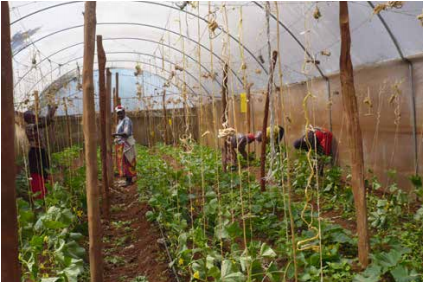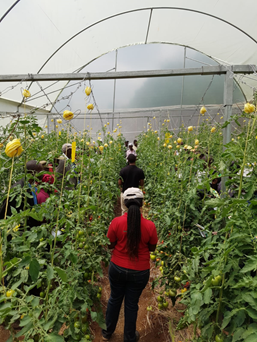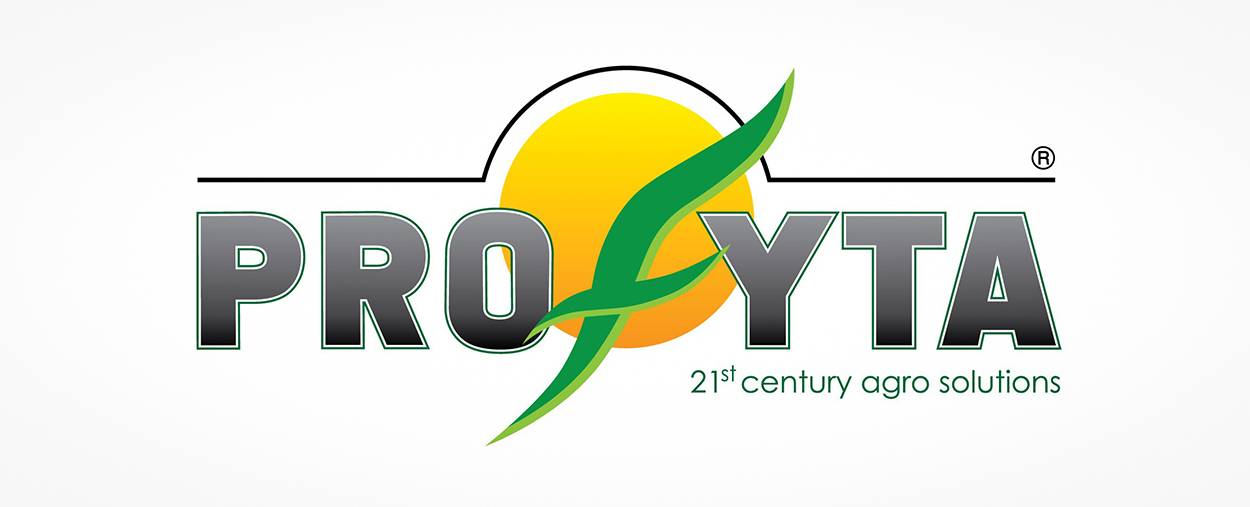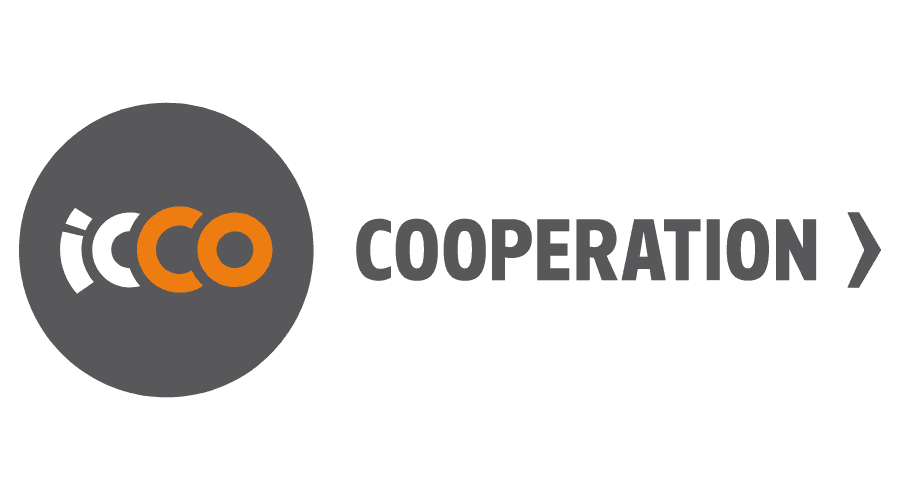More biological solutions, fewer chemicals
Controlling pests and diseases in the greenhouse using predatory mites and ichneumon wasps; making plants more resilient using fungi in the soil and using bumblebees to improve pollination. The use of natural predators can enable a significant reduction in the use of chemicals in horticulture. That is better for the plant itself, for the people working with it and for the consumer. Many insects and mites are extremely effective at controlling pests. Take the ichneumon wasp, for example. It lays its eggs in aphids, where they develop fully and leave the dead louse as a wasp. Pollination of plants by bumblebees is extremely efficient, nature does its work! The precision of the bees also increases yield and improves the quality of vegetables. “We want to reduce the use of chemicals in horticulture,” says packaging technologist Paul Leistra from Koppert Biological Systems. “Because chemicals harm the plant too.” But greenhouses are not always completely chemical free. “Sometimes the best simply isn’t effective enough,” says Paul. In that case, a grower can use a combination of beneficial insects and certain chemicals.
Tackling the problem at the root
 It was cucumber grower Jan Koppert himself who became ill from the chemicals that he used to control spider mites. Searching for a natural solution, in the late 1960s he found a natural enemy of the spider mite: the predatory mite. Koppert Biological Systems launched this solution as an alternative to chemical insecticides. As well as insects, certain fungi can also be used to reduce the use of chemicals in horticulture. Trichoderma, for example. This genus of fungi is applied to the roots and the growing medium of a seedling before cultivation. This encourages the plant to create a more branched root system, which causes it to take up more minerals from the soil and protects it from soil diseases, thereby ensuring significantly improved growth. Paul: “As a result, the plant is more resilient and fewer chemicals enter the soil.”
It was cucumber grower Jan Koppert himself who became ill from the chemicals that he used to control spider mites. Searching for a natural solution, in the late 1960s he found a natural enemy of the spider mite: the predatory mite. Koppert Biological Systems launched this solution as an alternative to chemical insecticides. As well as insects, certain fungi can also be used to reduce the use of chemicals in horticulture. Trichoderma, for example. This genus of fungi is applied to the roots and the growing medium of a seedling before cultivation. This encourages the plant to create a more branched root system, which causes it to take up more minerals from the soil and protects it from soil diseases, thereby ensuring significantly improved growth. Paul: “As a result, the plant is more resilient and fewer chemicals enter the soil.”
Seed2feed
The Dutch horticulture sector is already doing a lot of work with insects, mites and fungi. Now, Koppert Biological Systems is also sharing this knowledge in Kenya, to help small-scale farmers improve their yield. Kenyan farmers often lose a significant part of their harvest through the use of cheap chemicals. To offer a solution to the food and poverty problems of these farmers, since 2016 Koppert Biological Systems – together with other Dutch companies – has been part of a Seed2Feed project in Kenya. Paul: “The programme shows farmers how they can increase their yields by using better varieties and biological control.” “And, as a result, their income too, which again reduces poverty,” says Executive Manager of the Koppert Foundation, Ed Moerman. Between
50 and 100 Kenyan farmers in this project have now learned how to use the Trichoderma fungus, how to catch moths using natural attractants, and how to control whitefly attacks
using sticky traps.
Knowledge sharing
As well as knowledge of the cultivation process, knowledge of the supply chain is important for the Kenyan farmers. Ed: “Often, the market is controlled by buyers. The individual farmer is dependent on what they will pay. We bring groups of farmers and buyers together to make this supply chain shorter and to ensure that a fair proportion of the added value goes to the farmers.”































